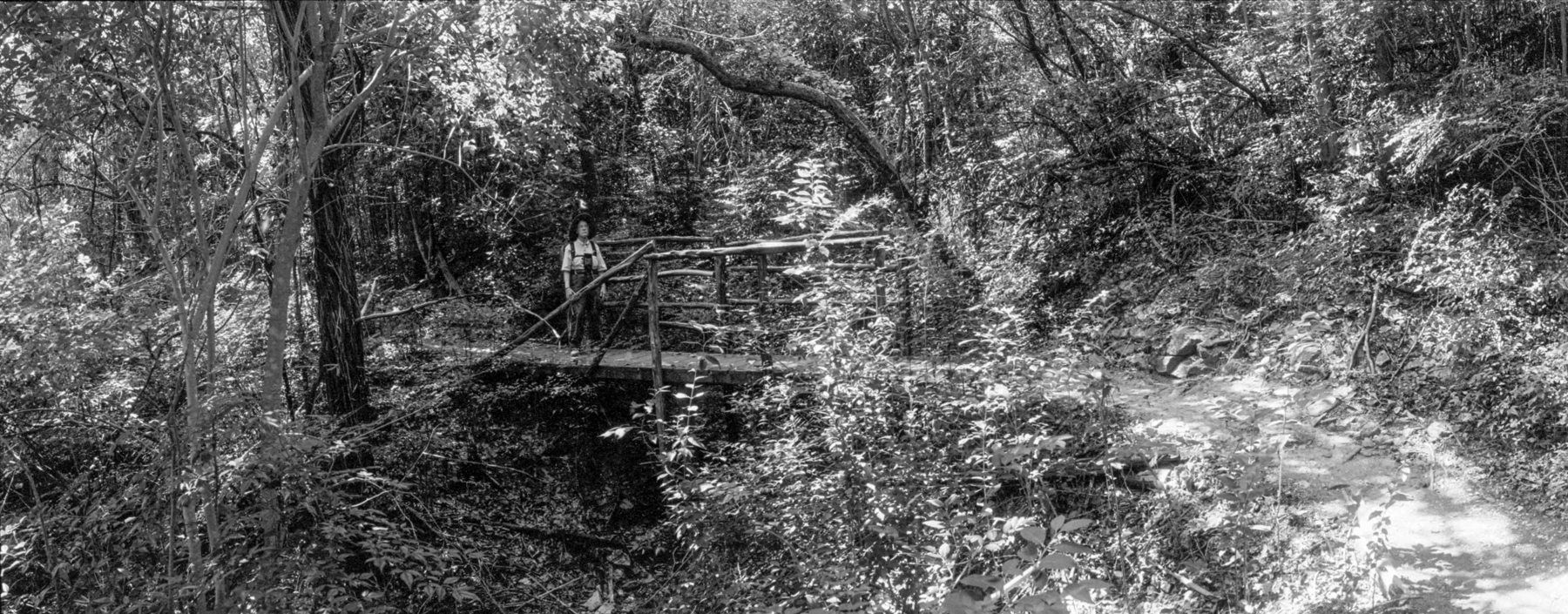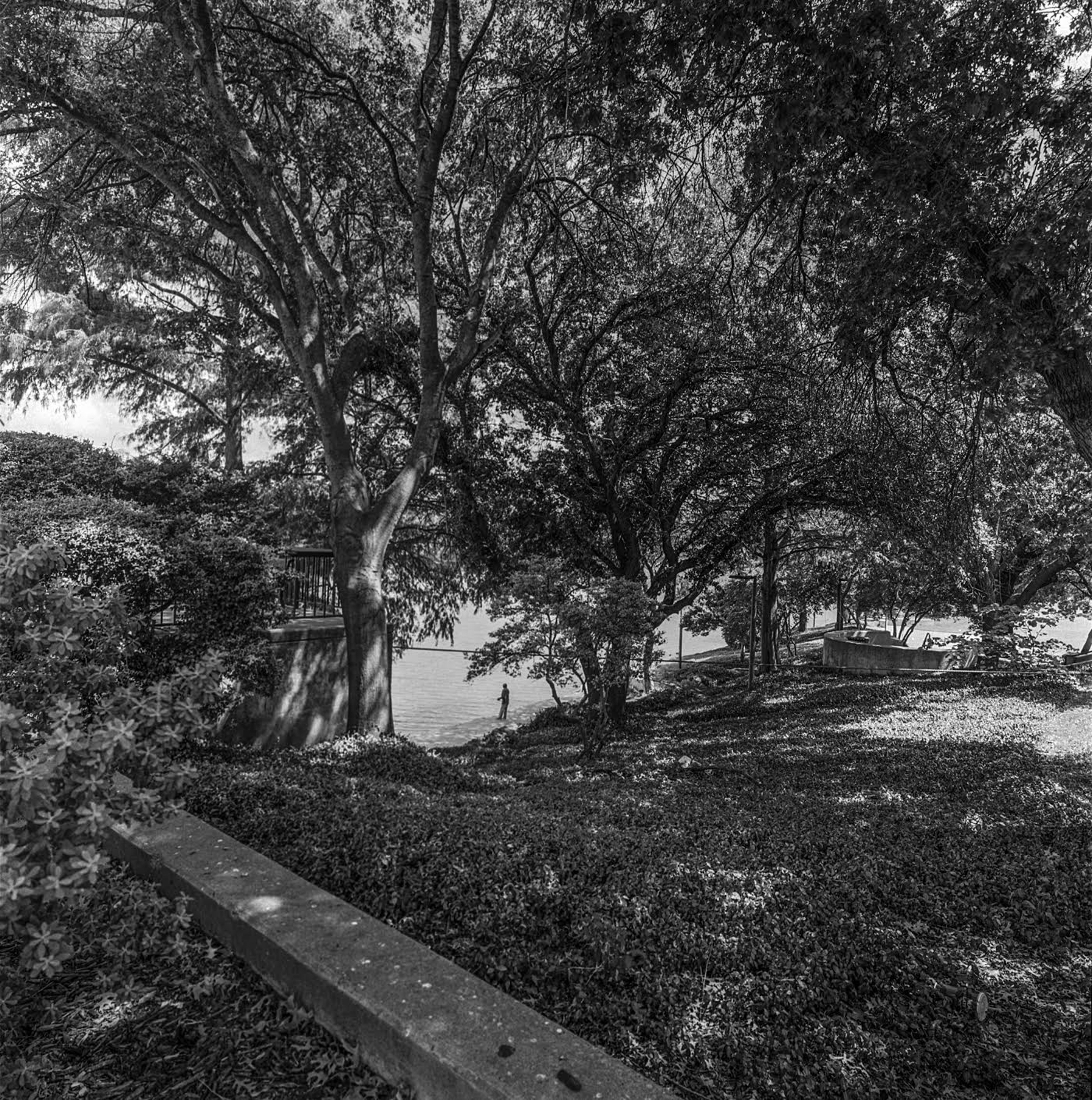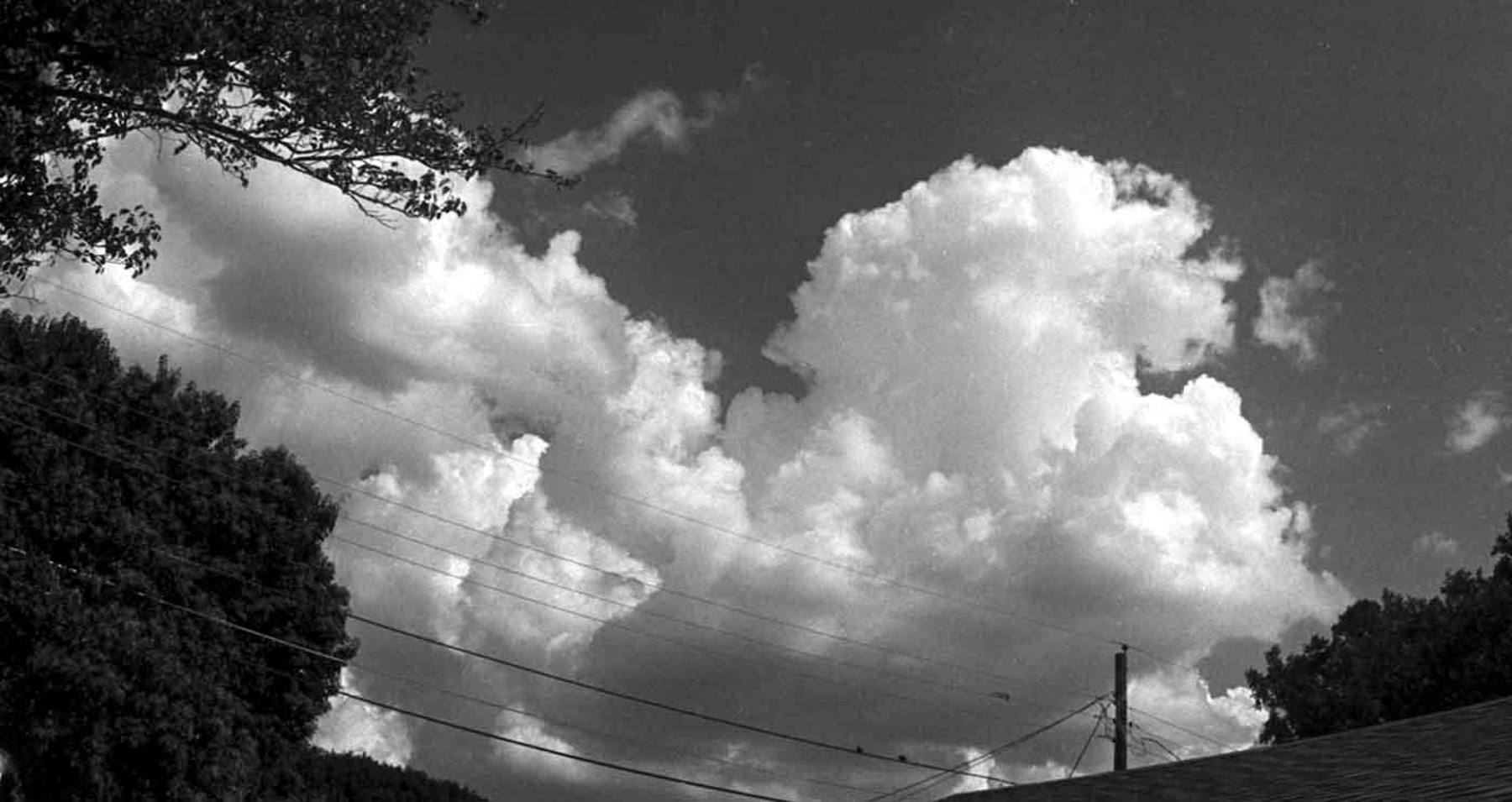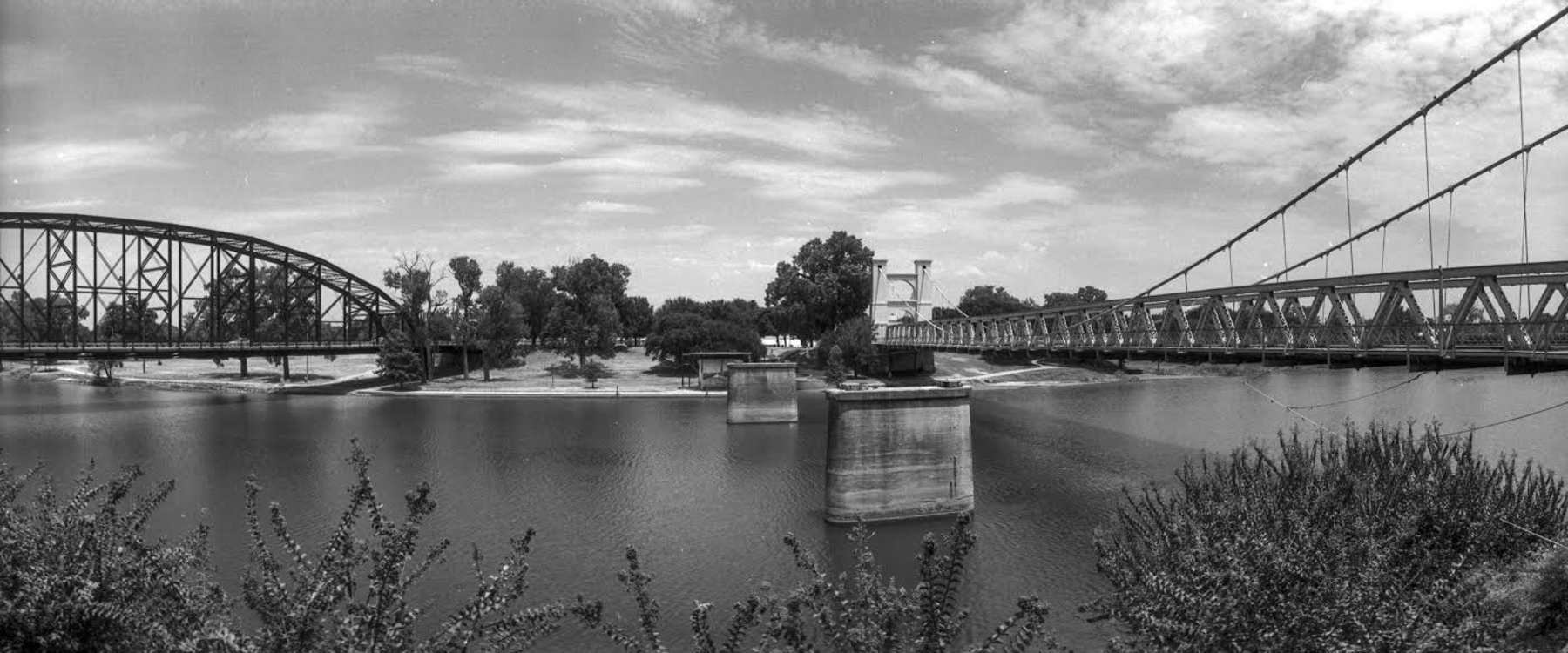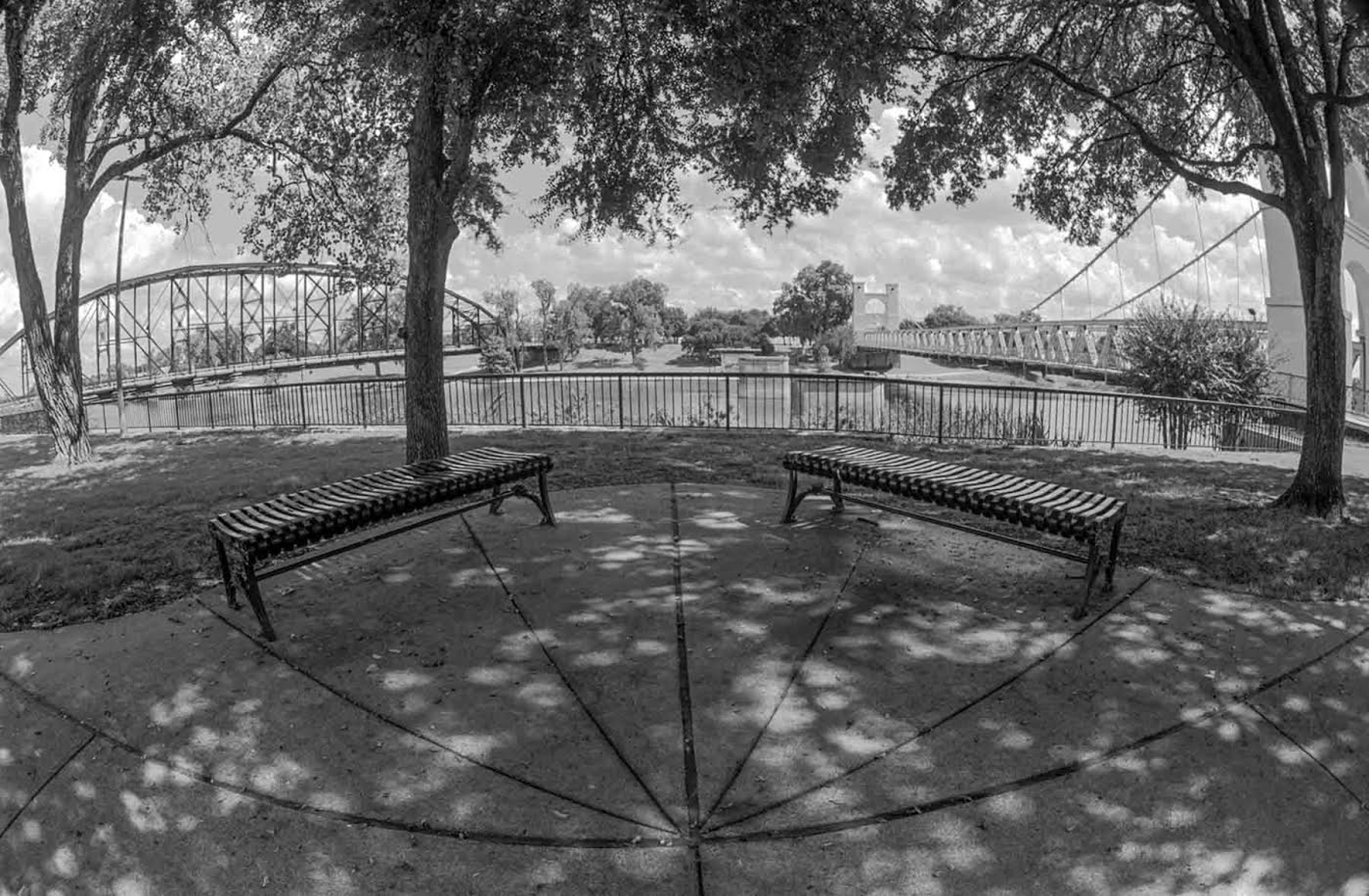I have been working with PMK, Pyro, Metal, Kodalk, developer now for the past six months and have been very pleased with the results. I photograph in dark shadow forest and need as much shadow detail as possible. I rate Ilford PP4+ at ISO 32 for shadow detail and adjust the developing time to hold detail in the highlights. I have used D-76 as my primary developer for 35mm and 120 for over 60 years as I am very slow to change. I never thought I would ever change from D-76, but the PMK is fantastic. I will never go back to D-76, as I am hooked on the PMK.
The formula I am using for PMK was developed by Gordon Hutchings in the early 1990s from extensive testing of the developer to give the best over all results with a wide range of films. The formula is simple:
PMK Stock Solution A
Distilled Water 400 ml
Metol 5 grams
Sodium Bisulfite 10 grams
Pyrogallol 50 grams
Water to make 500 ml
Stock Solution B
Distilled Water 700 ml
Sodium Metaborate 500 grams
Water to make 1000 ml
The formula calls for distilled water, but I use tap water without any bad results.
Using is simple: 1 part A, to 2 parts B, to 100 parts water. For a single reel stainless steel tank I use 3 ml part A, to 6 ml part B, to 300 parts water: 1:2:100, or 2:6:300.
Measuring small quantities is not easy, so I have been using glass syringes with 4 inch long blunt needles to draw the chemicals out of the stock bottles. I have two syringes, one for part A, and a second one for part B to eliminate contamination. It would be possible to use Pipettes to measure the solutions, but the syringes are a lot easier. I started out with Pipettes but switched to the glass syringes. They are very inexpensive on eBay. I use a 4 inch long but blunt needle to reach down into the bottle.
I develop the film, 35mm and 120 for 7 to 8 minutes at 70 degrees. The normal 68 degrees is not quite as good as 70 degrees. I pour in the mixed PMK into the tank and agitate for the first full minute then on every 30 seconds. At the end of the time, I pour out the PMK into a beaker then use a water rinse, and fix for 5 minutes in a non hardening fixer. At the end of the fix time, I pour the used PMK back into the tank for 2 minutes to get the staining effect of the Pyro on the film. The resulting negatives are outstanding with full shadow detail and detail in the highlights.
Once A and B are mixed the developer turns a dark color, and at the end of the developing time it is very dark brown color. This is normal.
I have not tested the PMK at a higher ISO, but I am sure the developer will produces full ISO film speeds and even higher. Since I tray process 4x5, 8x10, and 8x20 in trays and handle the film with my hands, I do not use PMK for sheet film. I use DK-50 for processing sheet film.
There are two very hazardous chemicals in B&W film development. Pyro and Amidol are both cancer causing developers and absorb in the skin from handling the chemical. Mixing Pyro is very dangerous as the dust from removing the chemical from the bottle must to be done under a fume hood. Both Pyro and Amidol need to be used with rubber gloves. I use rubber gloves in processing with PMK.
Edward Weston used Pyro developer for all his 8x10 sheet film and put his hands in the Pyro developer for many years, and it is believed he died of Parkinsons Disease from the Pyro and also from using Amidol. There is no proof of this, as this was at a time period before anyone was concerned with chemical poisoning.
Anyone interested in using PMK there are two ways to get started. One is to mix the developer from the individual chemicals or buy the developer ready made from Photographers Formulary. The mixed chemistry is not very expensive.
Photographers Formulary:
Avid film photographer James Jasek lives in Waco, Texas. See more of his work on his profile page here on our website.

